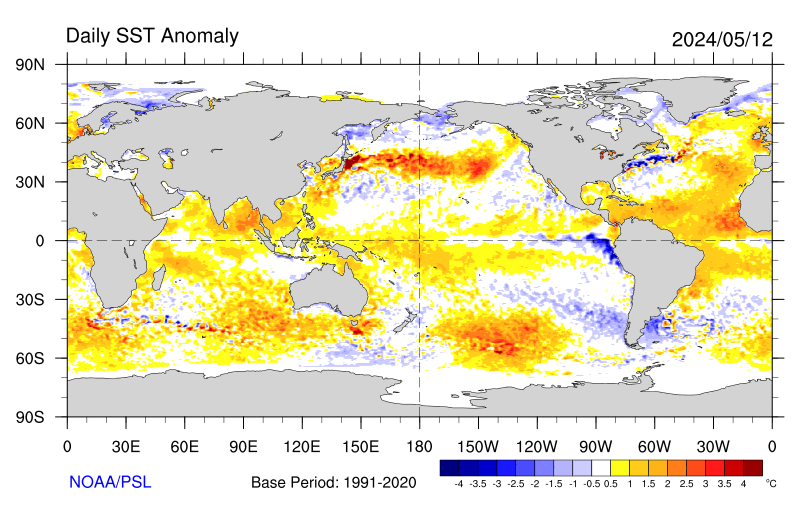Environment & Energy
Related: About this forumBay Of Bengal SST 3C Above 3-Decade Avg.; All That Heat Powering Record Nepal & India Flooding
As Harvey was setting its sights on the Texas Coast this time last week, another major rainfall disaster was already ongoing. Thousands of miles away, South Asia was experiencing historic flooding that seven days ago had impacted 24 million people. At the time, two tropical weather systems were developing over a very warm Pacific. They were angling in toward a considerably pumped up monsoonal moisture flow. And they appeared bound and determined to unleash yet more misery on an already suffering region.
EDIT
By Wednesday, the number of people suffering from flooding in India, Bangladesh and Nepal had jumped by 18 million in just one week to more than 42 million. With 32 million impacted in India, 8.6 million in Bangladesh, and 1.7 million in Nepal. More tragically, 1,200 people have perished due to both landslides and floods as thousands of square miles have been submerged and whole regions have been crippled with roads, bridges, and airports washing out. Adding to this harsh toll are an estimated 3.5 million homes that have been damaged or destroyed in Bangladesh alone.
Worst impacts are likely to focus on Bangladesh which is down-stream of flooded regions in Nepal and India. As of last week, 1/3 of this low-lying country had been submerged by rising water. With intense rains persisting during recent days, this coverage is likely to have expanded.
EDIT
As with Harvey, this year’s South Asia floods have been fueled by much warmer than normal ocean surface temperatures. These warmer than normal ocean surfaces are evaporating copious amounts of moisture into the tropical atmosphere. This moisture, in turn, is intensifying the monsoonal rains.
 ?w=600&h=254
?w=600&h=254
(Very warm ocean surface temperatures related to global warming are contributing to catastrophic South Asian flooding in which 42 million people are now impacted. Image source: Earth Nullschool.)
In the Bay of Bengal, ocean surfaces have recently hit about 3 C above the three decade average. But ocean waters have been warming now for more than a Century following the initiation of widespread fossil fuel burning. So even the present baseline is above 20th Century temperature norms. At this point, such high levels of ocean heat are clearly having an impact on tropical weather.
EDIT
https://robertscribbler.com/2017/08/30/half-a-world-away-from-harvey-global-warming-fueled-deluges-now-impact-42-million-people/
OnlinePoker
(5,719 posts)Slightly warm on the Indian side and cooler on the Myanmar side.

Jim Lane
(11,175 posts)Graphic in the OP is dated August 25. Yours from NOAA is September 2, more than a week later.